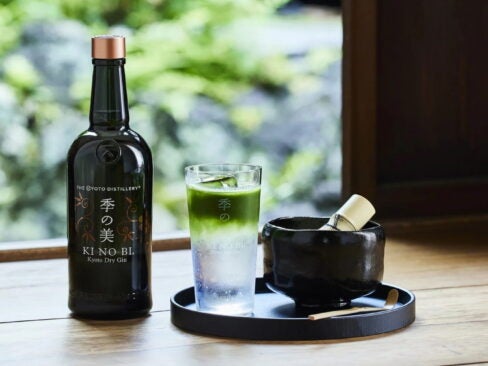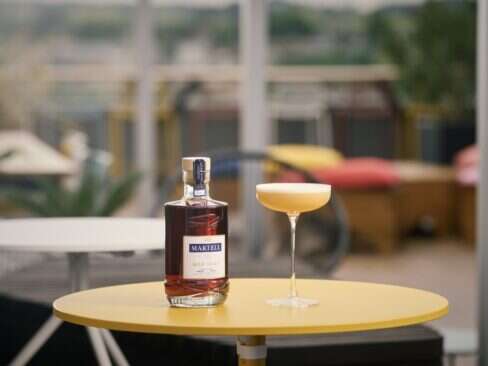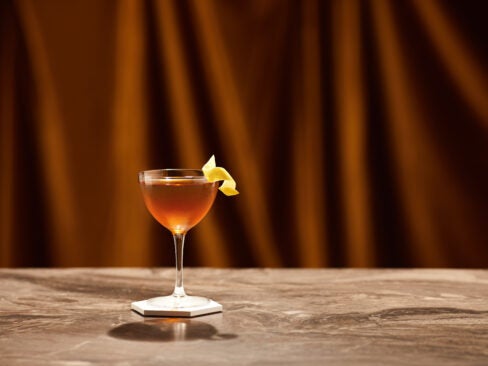It is one of the truly legendary Champagnes. Every aspect of Dom Pérignon is special. Its history is compelling, the bottle shape appealing, the label mythical and the content of every bottle is sublime. The history dates back to the 1930s, when to celebrate its centenary (1835-1935), Simon Brothers & Co, then the UK agent of Moët & Chandon, commissioned 300 bottles of Moët to be sent to their best customers. That Champagne, although not yet called Dom Pérignon, was encased in the now distinctive bottle.
 Dom Pérignon is the Champagne appreciated by James Bond, served at prestigious historical events and closely associated with artists and fashionistas. It is consumed by the wealthy in fine dining restaurants or on luxury yachts across the world.
Dom Pérignon is the Champagne appreciated by James Bond, served at prestigious historical events and closely associated with artists and fashionistas. It is consumed by the wealthy in fine dining restaurants or on luxury yachts across the world.
A lot of this special edition Moët reached American connoisseurs. In response to the interest it generated, in 1936 Moët produced, in the same special bottles, a few cases of Moët 1921 for shipment to the US. The then CEO, Monsieur de Vogüe, decided to name it after the famous monk, Dom Pérignon. Moët had acquired the brand name a few years earlier from Champagne Mercier. The myth was born and 1921 became officially the very first vintage.
The man Dom Pérignon was a monk who lived under the French Sun King, Louis the XIV, (both lived from 1638-1715). A cellar master of the Abbey of Hautvillers in the Champagne region, contrary to popular myth, he didn’t invent Champagne as we know it today. But he did contribute greatly to improving the quality of the wines in the region. He certainly made an impression, and the quality of his work was positively recounted for many years after he died. Hence the reason M de Vogüe choose him to be the name on those special bottles of the 1921.
The Dom Pérignon brand has evolved. It is always a vintage wine, and therefore not produced every year. It is usually made from a blend of roughly equal proportions of Chardonnay and Pinot Noir. The grapes come from highly rated parcels, mostly from Grand Cru Champagne vineyards.
In 1971, Moët released a rosé version with the vintage 1959 and it was served at a prestigious banquet to commemorate the 2,500th anniversary of the Persian Empire. Several vintages of Dom Pérignon rosé have since been produced, but not as many as the regular cuvée.
I have been fortunate over the years to taste several vintages of Dom Pérignon and am always impressed by its quality. One of my most memorable experiences as a young sommelier was in 1989 on a visit to Moët when I was served a 1969 that had just been disgorged. It was incredibly intense with superbly ripe aromas, yet still deliciously fresh.
Dom Pérignon is powerful but not heavy and while delicious when first released, it ages beautifully, gaining complexity.
In 2000 the company launched “Oenotheque”, with the idea to release a few bottles that had been aged longer on their lees of the second fermentation. This made it possible to compare classic Dom Pérignon, released after seven years of ageing and the same vintage, kept on its lees for longer. The concept was a huge success with wine lovers.
Recently, Oenotheque was renamed “Plenitude”. Richard Geoffrey, the talented and charismatic Dom Pérignon winemaker has refined it with “Plenitude 2”, the second stage of the life of Dom Pérignon after 12 years ageing (“Plenitude 1” is the classic release). There will be a “Plenitude 3”, with 25 years of ageing.
Dom Pérignon sits easily among wine aristocracy and is regarded as an icon of the wine world. It has many attributes associated with such wines; high quality, strong image and hefty price. But unlike many iconic wines, Dom Pérignon is not rare. While not made every year, for each vintage there are perhaps two or three million bottles produced. Although a well-kept secret, it is nevertheless a lot of bottles. And yet the legend survives. Long may it continue.
Tasting Notes
Dom Pérignon 2004
- Medium silver yellow color with a fine cordon of bubbles
- Expressive pastry nose with some very appealing roasted pear aromas
- Lively and fresh with gorgeous ripe fruit flavor on the palate and a long citrus finish.
94/100 pts
Dom Pérignon Rosé 2003
- Flamboyant light copper/salmon color with tiny refined bubbles on rim
- Delicate redcurrent aromas combined with lovely candied notes
- Elegant on the palate with delicious red fruit aromas and a long, slightly smoky finish
93/100 pts
Dom Pérignon 1998 (Plenitude 2)
- Medium yellow color, still looking very young
- Beautiful nose of roasted dried fruit with subtle nuances of iodine
- Superbly creamy on the palate with beautiful truffle aromas and a long mineral finish
95/100 pts
Investment Tip
One of the few Champagnes to gain in value, Dom Pérignon can be a sound investment. It won’t gain as much as some wines, but key vintages can provide useful diversification.










